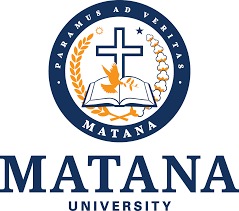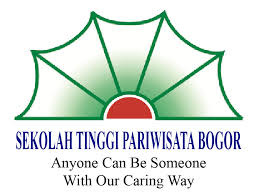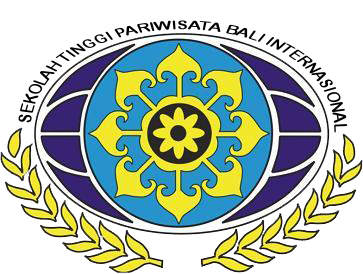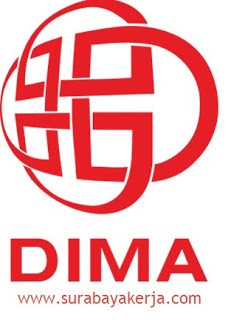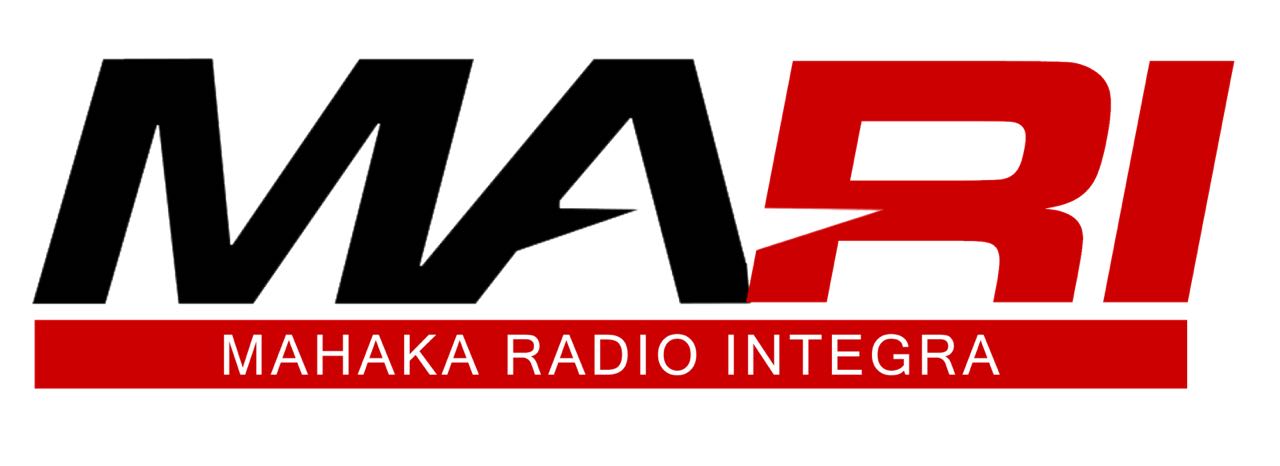ANALISIS PEMANFAATAN NEW MEDIA MELALUI JARINGAN MEDIA SOSIAL
Abstract
media are emerged and the exposure of technologyisgettinghigher. Social media users,
as part of Web 2.0 and new media, are also increasing rapidly. The large number of
social media users is used by companies as a new opportunity to advertise and market
its products. Social media, and Web 2.0 in general, in addition to having positive
aspects such as the ease of features, the tight flow of information and the ease ofcontent
distribution, also has the danger and negative aspects such as cyber-bullying, identity
fraud, hacking and cracking, harm (Spyware, Adware, Ransomware, Virus, Malware,
etc.), piracy, plagiarism, and leakage and information theft. Ease of content sharing
also makes communicators can design messages with certain visual symbols to send a
message to the communicant, which in this case is the user.
Keywords: Mass Media, Visual Communication, MarketingandAdvertising
Full Text:
PDFReferences
Adiloglu, F. (2011). Visual communication: Design studio education through working
the process. Procedia - Social and Behavioral Sciences, 28, 982–991.
https://doi.org/10.1016/j.sbspro.2011.11.182
Al-Rahmi, W. M., & Zeki, A. M. (2017). A model of using social media for
collaborative learning to enhance learners’ performance on learning. Journal of
King Saud University - Computer and Information Sciences, 29(4), 526–535.
https://doi.org/10.1016/j.jksuci.2016.09.002
Al-Rahmi, W., Othman, M., & Musa, M. (2014). THe Improement of Students’
Academic Performance by Using Social Media Through Collaborative learning in
Malaysian Higher Education. Asian Soc. Sci., 10(8), 210–221.
Ali, M., Yaacob, R. A. I. B. R., Al-Amin Bin Endut, M. N., & Langove, N. U. (2017).
Strengthening the academic usage of social media: An exploratory study. Journal
of King Saud University - Computer and Information Sciences, 29(4), 553–561.
https://doi.org/10.1016/j.jksuci.2016.10.002
Ardianto, E., Komala, L., & Karlinah, S. (2007). Komunikasi Massa: Suatu Pengantar.
Bandung: Simbiosa Rekatama Media.
Constantinides, E. (2014). Foundations of Social Media Marketing. Procedia - Social
and Behavioral Sciences, 148, 40–57. https://doi.org/10.1016/j.sbspro.2014.07.016
Elena, C. A. (2016). Social Media – A Strategy in Developing Customer Relationship
Management. Procedia Economics and Finance, 39(November 2015), 785–790.
https://doi.org/10.1016/S2212-5671(16)30266-0
Flew, T. (2008). New Media: An Introduction. Melbourne: Oxford University Press.
Georgescu, M., & Popescul, D. (2015). Social Media – The New Paradigm of
Collaboration and Communication for Business Environment. Procedia Economics
and Finance, 20(2012), 277–282. https://doi.org/10.1016/S2212-5671(15)00075-1
Goldstein, E. B. (2010). Sensation and Perception. California: Wadsworth Cengage
Learning.
Haris, A. (2016). Makna Simbolik Illuminati Dalam KPOP (Korean Pop) Music Video
(Analisis Semiotika Charles Sanders Peirce Pada Music Video Boy Band & Girl
Band Kpop). KINESIK, 3(3).
Khairil, M., Ali, M. N., Zakaria, S. Z. S., Arifin, K., & Razman, M. R. (2017). Mass
Media Coverage on Terrorism in Order to Achieve Peace and Justice according to
the World Agenda of Sustainable Development Goals (SDGs). INFORMATION,
(7 (A)), 4935–4940.
Kurt, H. (2015). Acritical Review to the Media which Constructed in Media Literary
Course in Secondary Education. Procedia - Social and Behavioral Sciences, 174,
–719. https://doi.org/10.1016/j.sbspro.2015.01.606
Leidner, D. E., Gonzalez, E., & Koch, H. (2018). An affordance perspective of
enterprise social media and organizational socialization. The Journal of Strategic
Information Systems, 27(2), 117–138. https://doi.org/10.1016/j.jsis.2018.03.003
Levinson, P. (2009). New New Media. New York: Penguin Academics.
Lim, C., Thanq, V. C. Der, & Liang, R. (2013). Singapore Youth’s New Media
Participation: Consuming, being, Learning and Schooling. Procedia - Social and
Behavioral Sciences, 93, 727–731. https://doi.org/10.1016/j.sbspro.2013.09.270
Lukitasari, E. H. (2013). Komunikasi Visual pada Kemasan Besek Makanan oleh-oleh
Khas Banyumas. Jurnal Dewa Ruci, 8(316).
Ndiayea, I. A., & Ndiayea, B. (2014). Sociocultural Stereotypes in Media and
Intercultural Communication (Africa in the Polish Media). Procedia - Social and
Behavioral Sciences, 154(October), 72–76.
https://doi.org/10.1016/j.sbspro.2014.10.114
Nicolas Alarcón, C., Urrutia Sepúlveda, A., Valenzuela-Fernández, L., & Gil-Lafuente,
J. (2018). Systematic mapping on social media and its relation to business.
European Research on Management and Business Economics, 24(2), 104–113.
https://doi.org/10.1016/j.iedeen.2018.01.002
Novak, E., Razzouk, R., & Johnson, E. (2012). The Educational Use of Social
Annotation Tools in Higher Education: a literature review. Internet High. Educ.,
(1), 39–49.
Saputra, G. B. R. (2016). Analisis Tanda dalam Muatan Canon pada Video Game The
Elder Scrolls V: Skyrim. Kinesik, 3(1).
Srivastava, S. (2008). Globalisation and The Media. Australia: Deakin University.
Varghese, N., & Rahman, N. A. A. (2014). The Practice and Effects of Corporate Media
Relations in Chennai: Beyond Just Denials and Evolving? Procedia - Social and
Behavioral Sciences, 155(October), 271–276.
https://doi.org/10.1016/j.sbspro.2014.10.291
Weaver, I. S., Williams, H., Cioroianu, I., Williams, M., Coan, T., & Banducci, S.
(2018). Dynamic social media affiliations among UK politicians. Social Networks,
, 132–144. https://doi.org/10.1016/j.socnet.2018.01.008
DOI: http://dx.doi.org/10.30813/ncci.v0i0.1293
Refbacks
- There are currently no refbacks.

